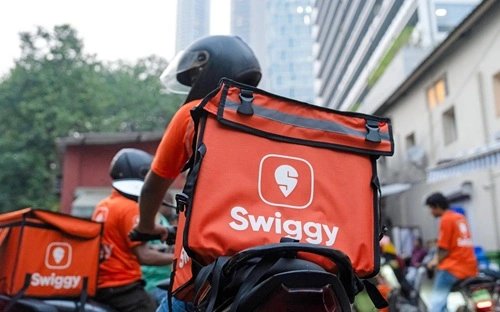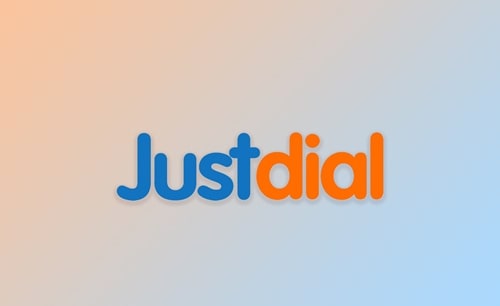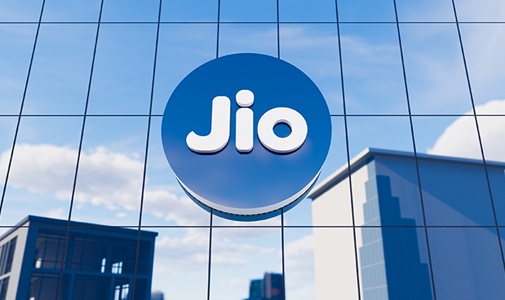If you think that food deliveries are the only thing that Swiggy makes its money from, then you’re actually wrong. Yes, there are a few other things that Swiggy is now involved in and that’s how it has multiple income streams, which is how it has become a big name, not just in the food delivery space, but in the quick commerce segment as well. Let’s now take a close look at Swiggy’s business model, aka how Swiggy makes money. Here we go.

How Swiggy Got Started?
Swiggy’s journey was unbelievable, like it started in August 2014, when three engineers (Sriharsha Majety, Nandan Reddy, and Rahul Jaimini) decided to bring about a revolution in Bangalore with the launch of Swiggy. Earlier, they were the brains behind a logistics startup known as Bundl. However, it didn’t take them long to recognize a large hole in the market: restaurants were struggling to deliver food to customers in a dependable way. So they made a quick decision to change the course of their venture to food delivery, which was the beginning of Swiggy. Since then, the city of Bengaluru has been the base of their operations and technology.
| Company / Brand | Swiggy Limited |
| Established | 2014 |
| Headquarters | Bengaluru, Karnataka, India |
| Founders / Owners | Sriharsha Majety, Nandan Reddy, Rahul Jaimini |
| Industry | Food delivery and quick commerce |
| Net Worth (market cap, Aug 2025) | about US $10.4 billion |
| Total Revenue (FY 2024) | ₹11,247 crore |
What Swiggy Offers Now?
Swiggy has more than 650 cities throughout India where it operates. In fact, the company has expanded its services beyond food delivery. Instamart is a platform for quick delivery of groceries, Dineout is for booking restaurant tables and getting deals, and there are memberships like Swiggy One and the invite-only One BLCK for daily users. Swiggy One had approximately 5.7 million paying subscribers as of June 2024, if you want to know.
How Swiggy Makes Money
One source is not the only thing that Swiggy counts on to make money. On the contrary, it makes money from various streams. Let’s see what these are:
1. Restaurant Commissions
Restaurants are charged a commission by Swiggy every time you place an order with them. The commission is generally from 17% to 25% of the total bill.
2. Customer Charges
Usually, users have to pay delivery and platform fees whenever they order. The platform fee, which was only ₹2 at the beginning of 2024, has risen to ₹10 or even more in big cities. The reason for that is, especially during the rush hours and when the weather is bad, you get higher charges.
3. Promoted Listings (Ads)
Restaurants can spend additional money to be more visible in search results. Since it is not related to delivery, the entire amount is the restaurant’s profit.
4. Membership Subscriptions
By signing up for Swiggy One and One BLCK, customers get the opportunity to avail various benefits such as free delivery and additional discounts by just making a one-time payment. Generally, these members tend to place a higher number of orders, which in turn leads to an increase in total revenue.
5. Instamart Sales
Swiggy generates revenue by adding a margin on the grocery prices in its dark stores and levying delivery fees. The value of Instamart’s orders increased by 108% in the first half of 2025 compared to the corresponding period of the previous year.
6. Dineout Services
Restaurants are charged a commission by Swiggy for each table that is reserved via the Dineout app. Moreover, there are visibility plans to help attract potential customers to the restaurant listings.
7. Brand Licensing
Swiggy operates online brands such as The Bowl Company, which are created in other kitchens (with the help of a partner called Kouzina) and gets royalties from them.
8. Other Income
The activities that are counted under non-core operations include the use of the Swiggy Money wallet, small additional sales at the time of checkout, and data partnerships. This category is generally referred to as “other income” in their financial statements.
What It Costs Swiggy to Run
To run Swiggy on a large scale, you need a lot of money. The most expensive thing is the money that is given to delivery partners, then comes the cost of fuel or EV, marketing, and the staff that is working in dark stores for Instamart. As a result of Swiggy’s expansion into Instamart and other services, the company made a loss of ₹1,197 crore in the April-June 2025 quarter despite 54% revenue growth. The company is committing to being EBITDA positive by the end of FY 2026, powering the bet on Instamart’s sustained growth.
The Road Ahead for Swiggy
Swiggy has to cope with the intense rivalry not only from Zomato in the food delivery market but also from Blinkit, Zepto, and Amazon in quick-commerce. Nevertheless, it has secured a solid base, like several million users, an increasing number of subscribers, and an extensive delivery network. At the moment, the firm’s worth is a little over $10 billion, which is about half the value of its IPO in 2024, but still, a really big leap from its initial point.



